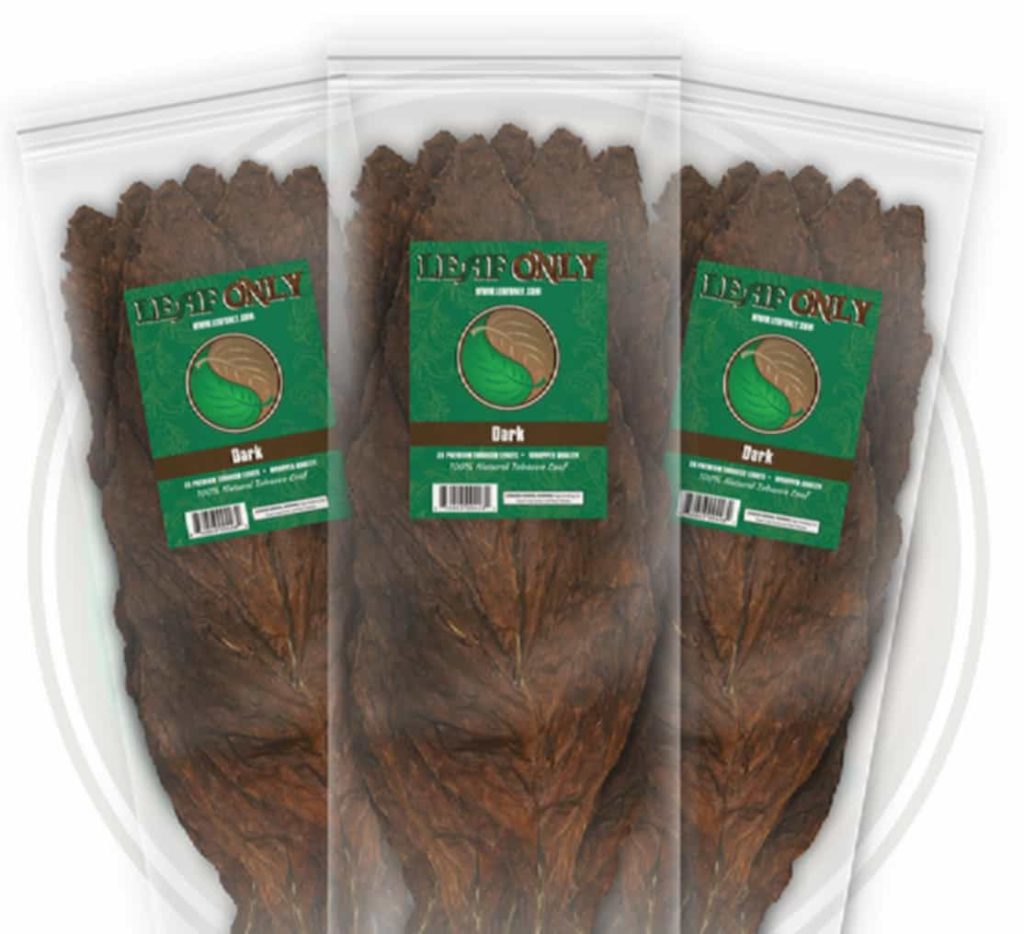
The world of organic tobacco leaves is a fascinating one, filled with rich flavors, unique characteristics, and a meticulous cultivation process. Despite the common perception, organic doesn’t necessarily mean healthier, especially when it comes to tobacco. However, it does offer a different perspective on the cultivation and processing of tobacco leaves, focusing on natural methods and avoiding the use of chemicals. This results in a product that many connoisseurs believe offers a richer, more complex flavor profile. Join us as we delve into the intriguing world of organic tobacco leaves, exploring everything from the seed to the final smoke.
What is Organic Tobacco?
Organic tobacco is a product of a cultivation process that avoids the use of synthetic pesticides and fertilizers. Instead, it relies on natural methods, such as crop rotation and biological pest control, to maintain soil fertility and control pests. This results in a tobacco leaf that is free from chemical residues, offering a purer smoking experience.
From Seed to Harvest
The journey of an organic tobacco leaf begins with the selection of high-quality seeds. These seeds are sown in nutrient-rich soil and nurtured using natural methods. The plants are carefully monitored to ensure they grow healthily, without the aid of synthetic chemicals.
Post-Harvest Processing
Once the leaves are harvested, they undergo a natural curing process. This involves drying the leaves slowly in a controlled environment to develop their unique flavor and aroma.
Flavor Profile
Organic tobacco leaves are known for their rich and complex flavor profile. The absence of chemical residues allows the natural flavors of the tobacco to shine through, resulting in a smoother and more enjoyable smoking experience.
Aroma
The aroma of organic tobacco leaves is another distinguishing feature. The natural curing process enhances the leaf’s inherent aroma, producing a scent that is both rich and inviting.
Texture
The texture of an organic tobacco leaf is a testament to its natural cultivation process. The leaves are typically more robust and have a more pronounced texture, adding to the overall smoking experience.
Choosing the Right Leaf
Choosing the right organic tobacco leaf is an art in itself. Factors such as the leaf’s size, color, texture, and aroma all play a role in determining its suitability for smoking.
Preparation Techniques
Preparing an organic tobacco leaf for smoking involves several steps, including moistening the leaf, removing the central stem, and rolling it into a cigar or cigarette. Each step is crucial in ensuring a high-quality smoke.
The Smoking Experience
The smoking experience of an organic tobacco leaf is unique. The rich flavors, inviting aroma, and robust texture all combine to create an experience that is both enjoyable and memorable.
Current Trends
The market for organic tobacco leaves is growing, driven by a desire for a more natural smoking experience. More and more smokers are turning to organic tobacco as a way to enjoy their habit in a more conscious way.
The Future of Organic Tobacco
The future of organic tobacco looks promising. As awareness about the benefits of organic products continues to grow, so too does the demand for organic tobacco leaves. This trend is expected to continue, making organic tobacco a viable and sustainable choice for the future.
Conclusion
Organic tobacco leaves offer a unique and enjoyable smoking experience. From their natural cultivation process to their rich flavors and aromas, these leaves are a testament to the beauty of nature. As the market for organic tobacco continues to grow, it’s clear that these leaves are more than just a trend – they’re a new way of enjoying tobacco.
Statistics:
Tobacco seeds are incredibly small, with one flower producing about 3000 seeds. Depending on the variety, there can be between 10,000 and 20,000 seeds per gram, which equates to around half a million seeds per ounce. A tobacco plant typically produces between 20 and 30 leaves, but not all of these are usable. Depending on the process in the field, a grower may pick between 10 and 16 leaves from each plant .
Books:
A recommended book on the subject of organic tobacco leaf is “Organic Tobacco Growing in America and Other Earth-Friendly Farming.” This book provides a comprehensive guide on how and why to embrace organic growing, with a particular focus on tobacco .
Sources of information:
- PubMed: Provides technical information on the volatile organic compounds present in tobacco leaves https://pubmed.ncbi.nlm.nih.gov/32895955/.
- Neptune Cigar: Offers interesting statistics on tobacco plants and seeds https://www.neptunecigar.com/tips/six-fun-facts-about-the-tobacco-plant.
- Leaf Only: Provides FAQs about tobacco leaves https://www.leafonly.com/tobacco-leaf-faq.php.
- Amazon: Lists books on the subject of organic tobacco leaf https://www.amazon.com/Organic-Tobacco-Growing-America-Earth-Friendly/dp/0865347077.
- PMC – NCBI: Offers detailed information on the extraction of nicotine from tobacco leaves https://www.ncbi.nlm.nih.gov/pmc/articles/PMC8228411/.